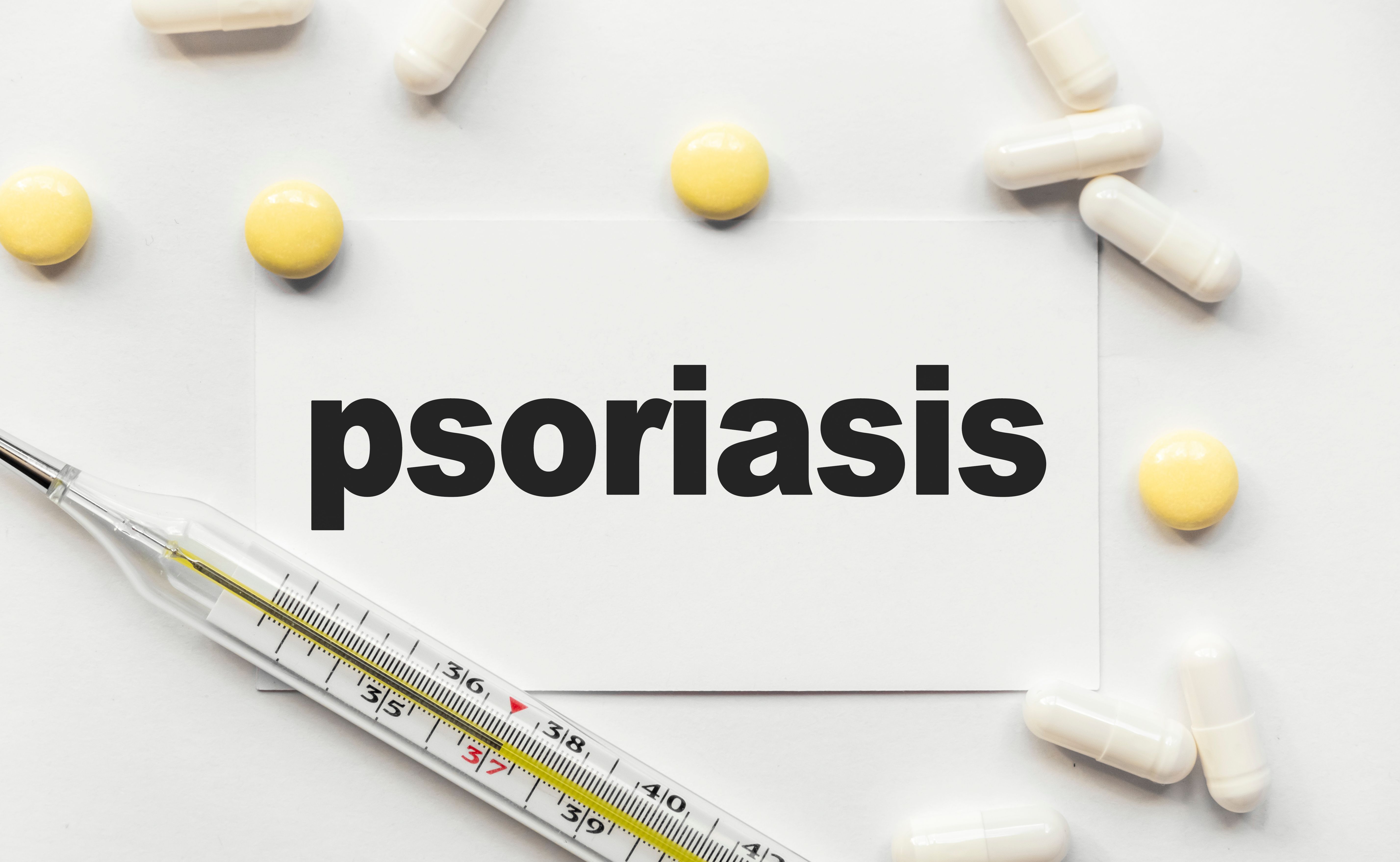News
Article
Home-Based Phototherapy for Psoriasis as Effective as Office-Based Treatment With Less Patient Burden
Author(s):
Many patients struggle with therapeutic control, adverse effects, and costs of psoriasis treatments, prompting a renewed focus on alternative treatments like phototherapy.
Home-based phototherapy was noninferior to office-based phototherapy across all skin tones for patients with psoriasis, according to one study.1

The randomized clinical trial is published in JAMA Dermatology.
“The LITE study provides compelling evidence that home-based phototherapy is noninferior to office-based phototherapy for the treatment of plaque and guttate psoriasis across both physician- and patient-reported end points,” wrote the researchers.
Narrowband UV-B phototherapy treatment involves exposing the skin to an artificial light source using lightbulbs that release a small range of ultraviolet light.2 Narrowband UV-B may clear psoriasis faster and produce longer remissions, as well as require fewer treatments per week compared with broadband UV-B treatment.
The Light Treatment Effectiveness (LITE) study was designed as an investigator-initiated, pragmatic, open-label, parallel-group, multicenter, noninferiority randomized clinical trial conducted across 42 academic and private dermatology practices in the US.1
Eligible participants included individuals 12 years and older with plaque or guttate psoriasis, who were candidates for phototherapy and willing to comply with either home or office-based treatment. Patients with previous nonresponsiveness to phototherapy or contraindications were excluded.
Patients were randomized and stratified by clinic and skin phototype. Assessments were conducted at baseline and at the end of the 12-week intervention period. The coprimary effectiveness outcomes included the Physician Global Assessment (PGA) and Dermatology Life Quality Index (DLQI) scores, with safety monitored through reports of treatment-emergent adverse events.
Of the total 783 patients enrolled in the trial, 393 individuals received home-based phototherapy and 390 received office-based phototherapy.
After 12 weeks of treatment, the results indicated that both groups achieved significant improvements in psoriasis severity as measured by the PGA scores. Specifically, 62% of patients in the home-based group achieved a PGA score of “clear” or “almost clear,” compared with 60% in the office-based group, with the noninferiority margin successfully met.
Home-based phototherapy was also associated with better treatment adherence compared with office-based phototherapy (202 patients [51.4%] vs 62 patients [15.9%]; P < .001), lower burden of indirect costs to patients, and more episodes of persistent erythema (466 of 7957 treatments [5.9%] vs 46 of 3934 treatments [1.2%]; P < .001).
Additionally, both treatment modalities yielded substantial improvements in quality of life, as reflected by the DLQI scores, with similar reductions in scores observed across both groups. The study also reported a favorable safety profile for home-based phototherapy, with no significant differences in the incidence of treatment-emergent adverse events between the 2 groups.
However, the researchers noted some limitations to the study. First, the study was conducted at a single center, limiting the applicability of the results to broader populations and diverse clinical settings.
Additionally, the study may have introduced selection bias, as it primarily involved patients who were motivated to participate and capable of self-administering home-based treatment, potentially excluding those with less motivation or ability. Furthermore, outcomes like the PGA and DLQI are somewhat subjective, introducing variability based on individual perceptions and reporting.
Despite these limitations, the researchers believe the study supports home-based phototherapy as an effective treatment option for patients with psoriasis.
“In this randomized clinical trial, home-based phototherapy was as effective as office-based phototherapy for plaque or guttate psoriasis in everyday clinical practice and had less burden to patients,” wrote the researchers.
References
1. Gelfand JM, Armstrong AW, Lim HW, et al. Home- vs office-based narrowband UV-B phototherapy for patients with psoriasis: the LITE randomized clinical trial. JAMA Dermatol. Published online September 25, 2024. doi:10.1001/jamadermatol.2024.3897
2. Phototherapy for psoriasis. National Psoriasis Foundation. Accessed September 25, 2024. https://www.psoriasis.org/phototherapy/.





